Top things to see and do in Krakow Old Town
Krakow is an incredibly beautiful city, one that has managed to survive the WWII bombing and hold on to its old world charm. The Old Town (which is the historic central district of Krakow) with its picturesque buildings and cobblestone lanes is especially very beautiful. It was one of the earliest sites to be chosen for UNESCO's original World Heritage List. The entire district, with the centrally located Main Square, is bisected by the Royal Road which begins at Floriańska Gate and leads all the way up to the Wawel Royal Complex. All the main sights in the Old Town are within walking distance of each other making it easy to explore the place on foot. If you are heading to Krakow, here are my tips on the top places to visit in the Old Town of Krakow.
Floriańska Gate
Built in the 14th century, this Gothic tower is an unmissable part of Krakow's Old Town. It was built as a part of the city's defenses against external attacks and is also the beginning of Krakow's Royal Road which leads through to the Main Market Square and up to the imposing Wawel Castle. The gate offers a fantastic view of the Floriańska Street all the way up to St Mary’s Basilica and is a hub for street musicians and artists.
The Barbican
Just north of the Floriańska Gate is the Barbican. It is the last fully standing remnant of the medieval fortifications that at one time protected the old city. Built sometime at the end of the 15th century, the Gothic-style structure is topped by 7 turrets and includes 130 defensive slots. It is a one-of-a-kind building that has been well-preserved and offers an insight into the city's medieval times. Today the Barbican hosts special events and operates as an outdoor museum during certain months of the year. Entry ticket to the Barbican also includes admission to the City Defence Walls.
Pharmacy Museum
Located in a 14th-century building, the Pharmacy Museum has a permanent exhibition spread over 12 rooms with displays ranging from pharmacy furniture to old medicinal raw materials and from pharmaceutical dishes to pharmacy emblems. The collection of old pharmacy utensils like mortars & pestles, slicers, dragees etc. is interesting. The museum also has many interactive displays and offers an insight into the times and lives of the Jewish inhabitants of the Krakow ghetto. A small but very different and interesting museum.
Listed below are some interesting tours in/around Krakow.
Rynek - Kraków’s main market square
Kraków’s main market square, the Rynek, is said to be one of the largest medieval town squares in Europe and is the hub of activity in the Old Town. It features the Renaissance Cloth Hall (Sukiennice) and the strikingly beautiful Gothic Basilica of the Virgin Mary. Most of the buildings that surround the Rynek are almost several centuries old and you can see this in the architectural details of the buildings. The market square is lined with a large number of cafes, restaurants and shops. It is a lovely place to wander around or simply back and enjoy a drink watching the world go by.
Sukiennice (The Renaissance Cloth Hall)
The centerpiece of Kraków’s market square is undoubtedly the Cloth Hall (Sukiennice). Dating back to the Renaissance times, the Cloth Hall is one of Krakow's most recognisable buildings and also a UNESCO World Heritage Site (since 1978).
The location has been a trading hub since the 13th century but it was only in the mid-14th century that a trading hall was built on the site with the approval of King Kazimierz. Travelling traders and businessmen met at the hall and brought/sold all kinds of products spices, silk, leather, textiles and even salt from the popular Wieliczka Salt Mine. Today it is a very busy shopping arcade with a large number of stalls selling local arts & crafts and all kinds of souvenirs.
Rynek Underground Museum
Located under the Market Square is the Rynek underground museum which explores the recently excavated medieval merchant stalls. The massive underground display in conjunction with the hi-tech interactive exhibits makes this an absolutely fascinating place to visit. Along with items found during the excavation (coins, ornaments, and other artifacts) and modern technological displays (holograms & touch-screen interactive exhibits), the museum presents the connection between Krakow and other Middle Age European cities. The exhibits have multi-lingual displays and we found everything well-ordered and laid out.
Because of the nature of the museum, the number of visitors per day is limited and there is an entrance every 15 minutes for up to 30 people. It is advisable to book your tickets in advance should you be planning to visit. Admission is free on Tuesdays.
St Mary’s Basilica
This 14th-century church located in the market square is an excellent example of Polish Gothic architecture. It looks beautiful from the outside and has equally grandiose interiors. One of the most impressive facets of the church is the Veit Stoss altarpiece, a beautifully carved wooden altar said to be the largest Gothic altarpiece in the world.
St Mary’s Basilica stands tall at 262 ft and looks stunning from all angles. Every hour, a trumpet signal called the 'Hejnał Mariacki' is played from the highest tower of the church. It is a traditional, five-note Polish anthem that is played by a team of four buglers (working in shifts) in each of the four cardinal directions.
The interiors of the church are spectacular and imposing. And you can also climb the church tower (around 250+ steps) which offers some incredible views. Overall, a beautiful church and a must visit for anyone interested in Gothic architecture.
Church of St. Adalbert (St. Wojciech Church)
A small, 11th-century church located near the Main Market Square, this one is said to be one of the oldest stone churches in Poland. Because of its small size, a visit to this church is not time-consuming. It is lovely on the inside with some nice detailing.
Town Hall Tower
With an excellent position near the Cloth Hall, the Town Hall tower is one of the key buildings in the Old Town district. Having withstood a number of renovations, fires, and demolitions, the tower is said to be the only remaining part of the old Town Hall that was demolished in the 1820s. The tower is around 70 meters tall with the top floor housing an observation deck that is open to visitors.
Wawel Castle and Cathedral (The Royal Castle Complex)
Sitting atop the Wawel Hill and visible from many parts of the city is the Wawel Royal Castle. Wawel Hill, a limestone rock, is situated on the bank of the river Vistula and according to legend there once lived a dragon in a cave on the hill. The hill has been the location of the residences of Polish rulers from as early as the 11th century. And that is one of the reasons why the castle is a mix of different architectural styles as each successive expansion and renovation saw a new style being incorporated into the architecture - Medieval, Gothic, Renaissance and Barouque. But this is what makes it unique. It is one of the most popular and culturally significant buildings of Krakow and was declared a UNESCO World Heritage Site in 1978.
The Wawel Castle along with the Wawel Cathedral constitutes Kraków's Royal Castle Complex. There is lots to see when visiting Wawel Hill - the State Rooms, Royal Private Apartments, Crown Treasury and Armoury, the Cathedral, Royal Tombs and the Cathedral Museum. In addition, there are a few permanent exhibitions, a notable one being 'The Lost Wawel' which encompasses but architecture and archaeology and takes you through the history of the Wawel Hill. A number of sculptures and carved stone elements are displayed in this permanent exhibition.
A number of seasonal attractions and temporary exhibitions also run throughout the year.
Wawel Cathedral is the burial place a number of Polish kings & their families and many bishops as well. It has also been the location for the crowing of most of Poland's kings and as such is of immense historical significance. It is not only a place to contemplate & pray but also an excellent place to learn about Krakow and its people. Photography is not allowed inside the cathedral and the castle but take my word for it; both are not to be missed.
Tickets to the Castle complex are issued for specific entrance times and there are daily limits on the number of visitors. So, if you are planning a visit ensure that you go there early on in the day as tickets may run out later in the day.
Walking Tours
There are a number of local, independent tour companies in Krakow that offer paid and free walking tours. The guides are knowledgeable and love to share information about their city. The tours range from 2-4 hours and you can take your pick from Old Town tour, Schindler's factory museum tour, food & vodka tour, street food tour, and tours of Kazimierz (the Former Jewish District) to name a few. Check with your hotel and they will provide you with information about local tour companies.



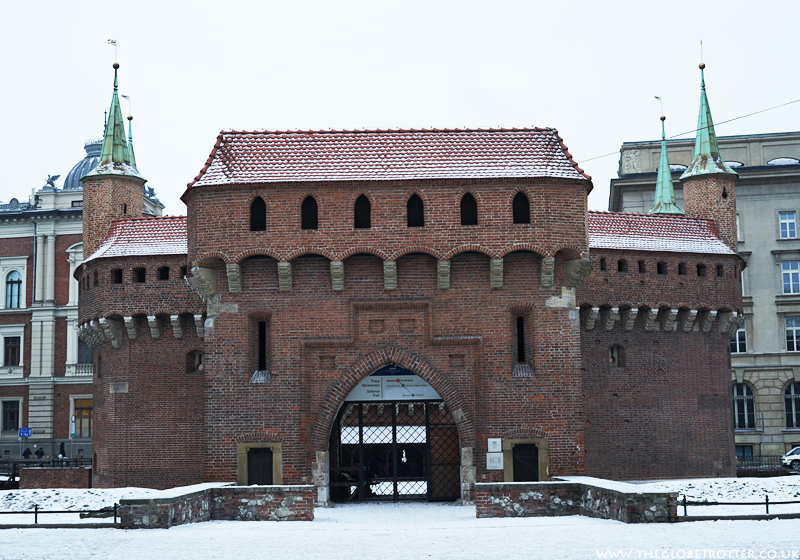
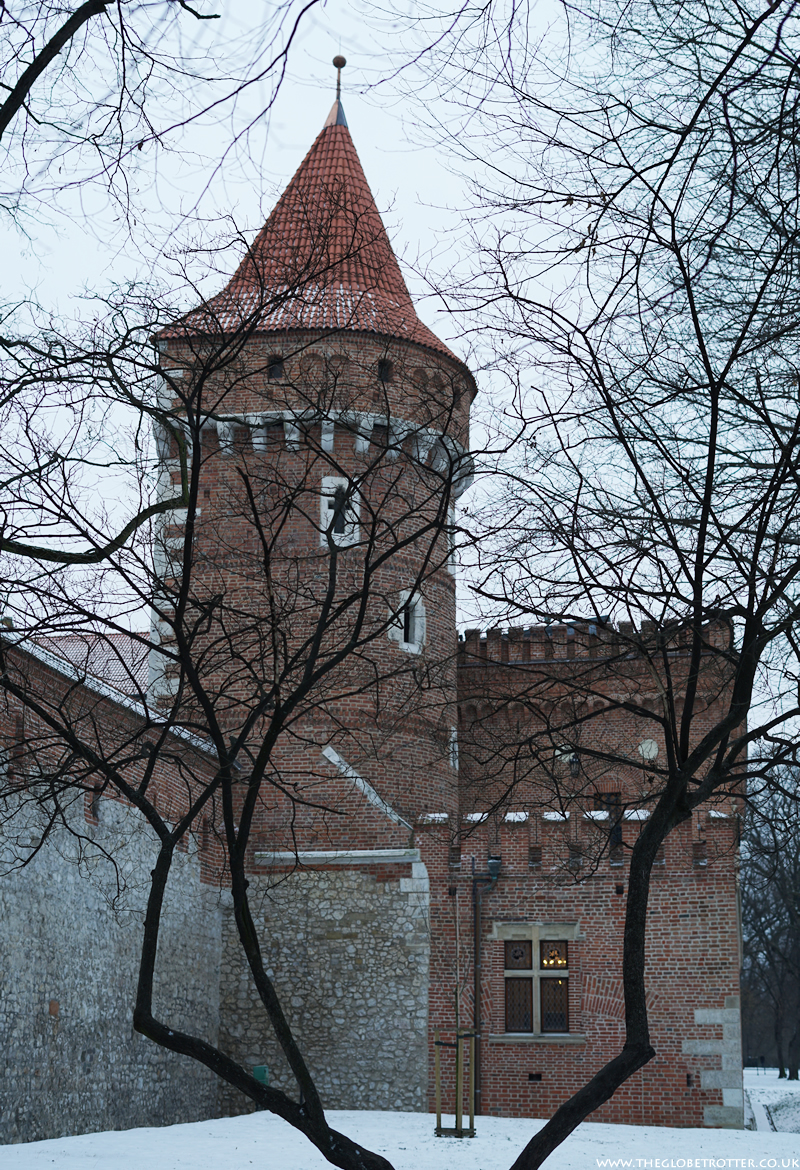

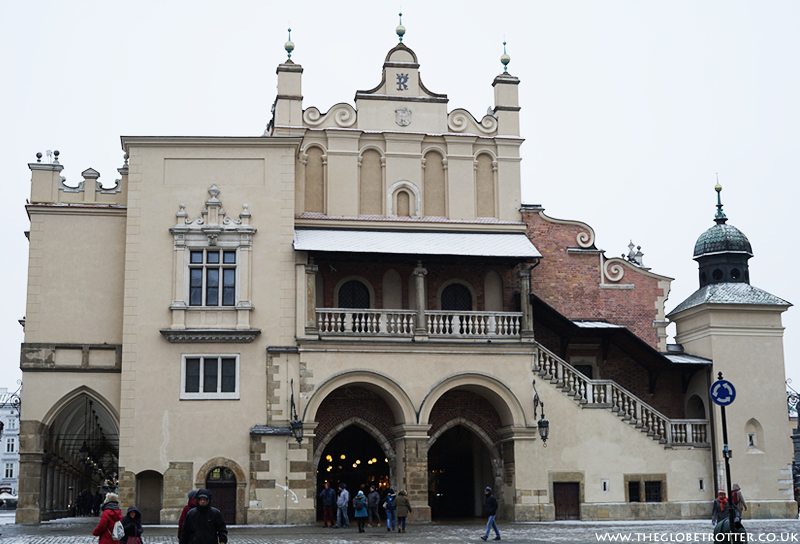
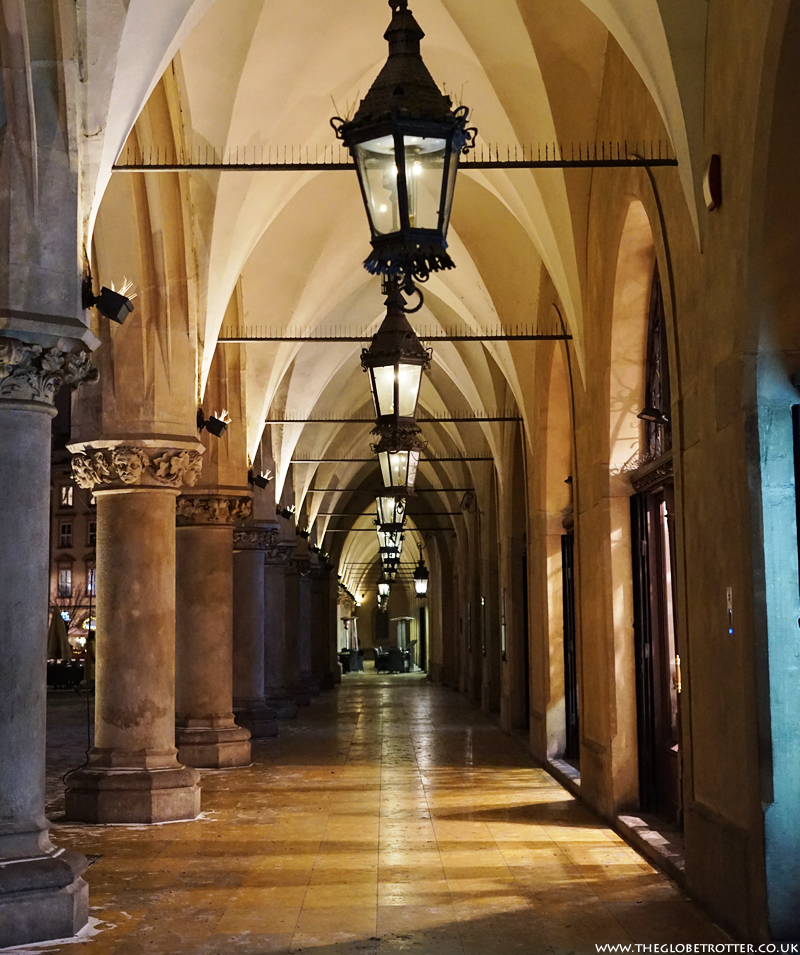




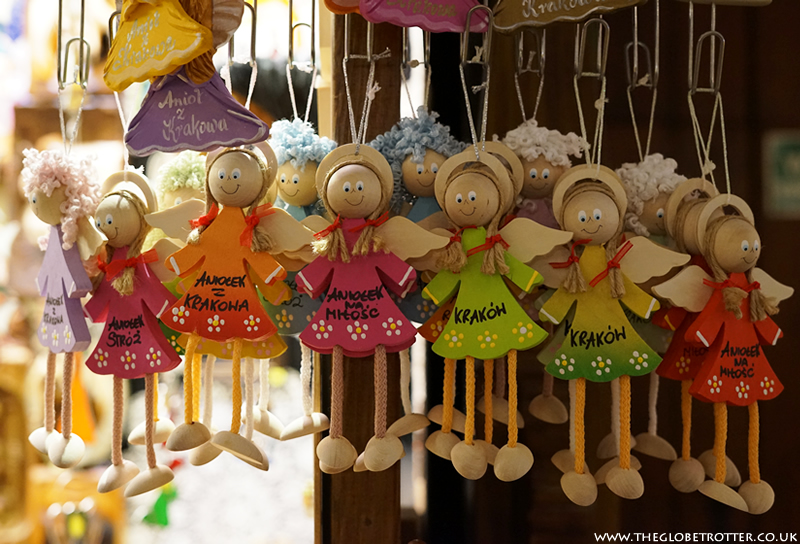



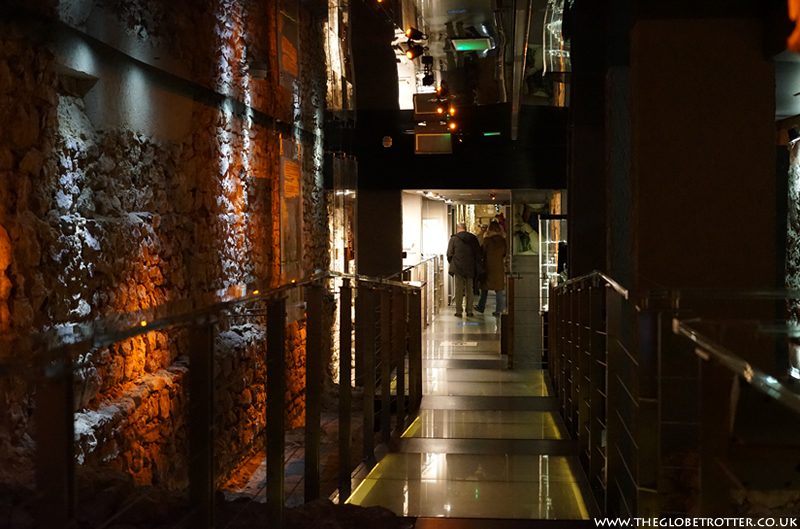




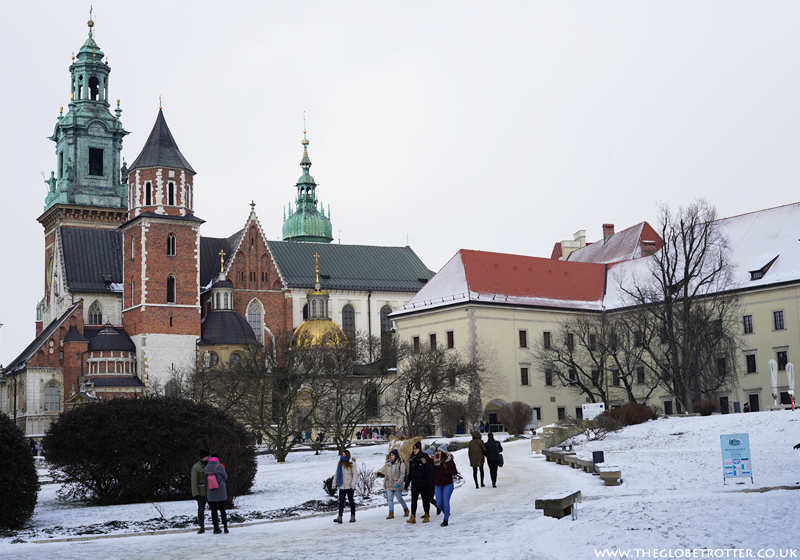
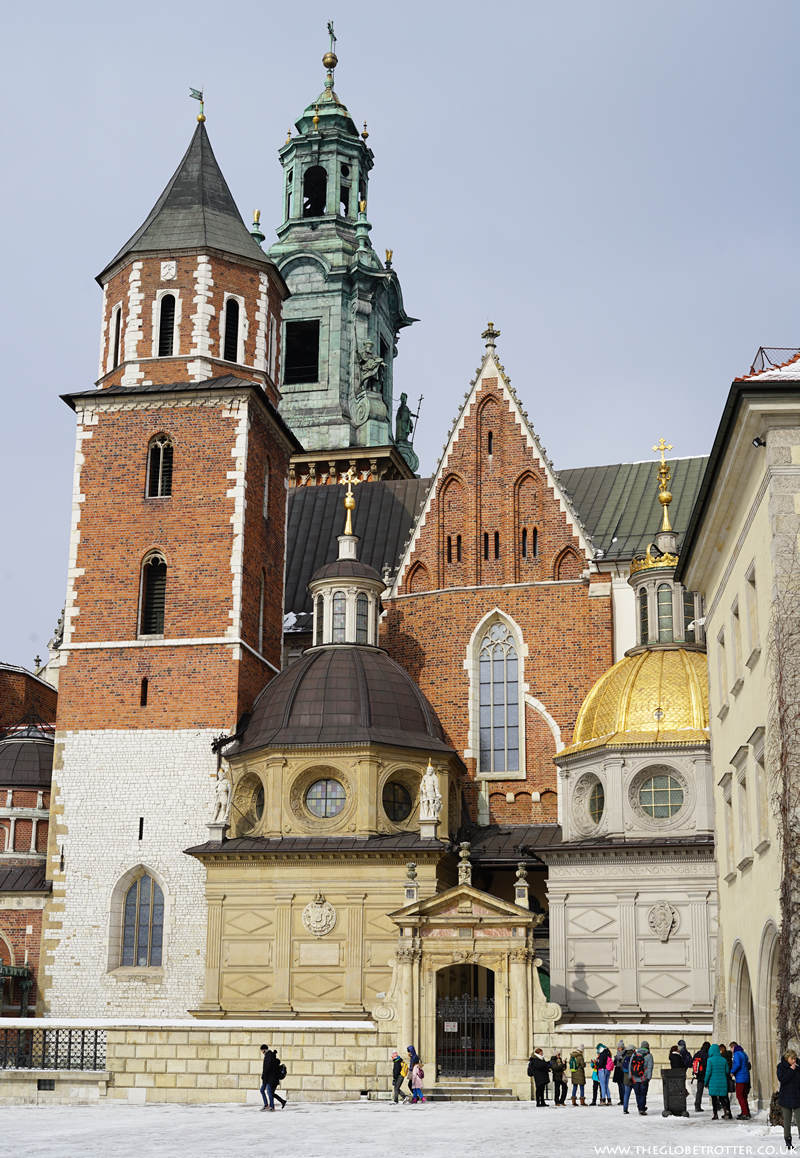
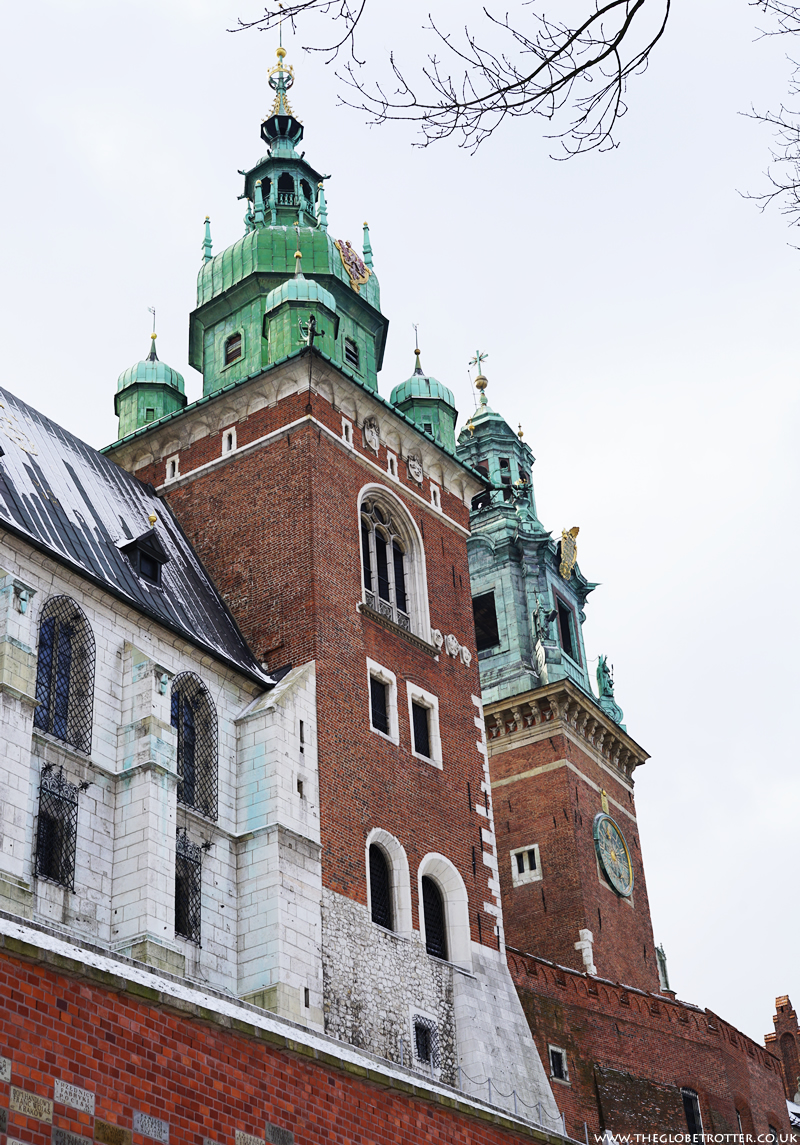



Post a Comment